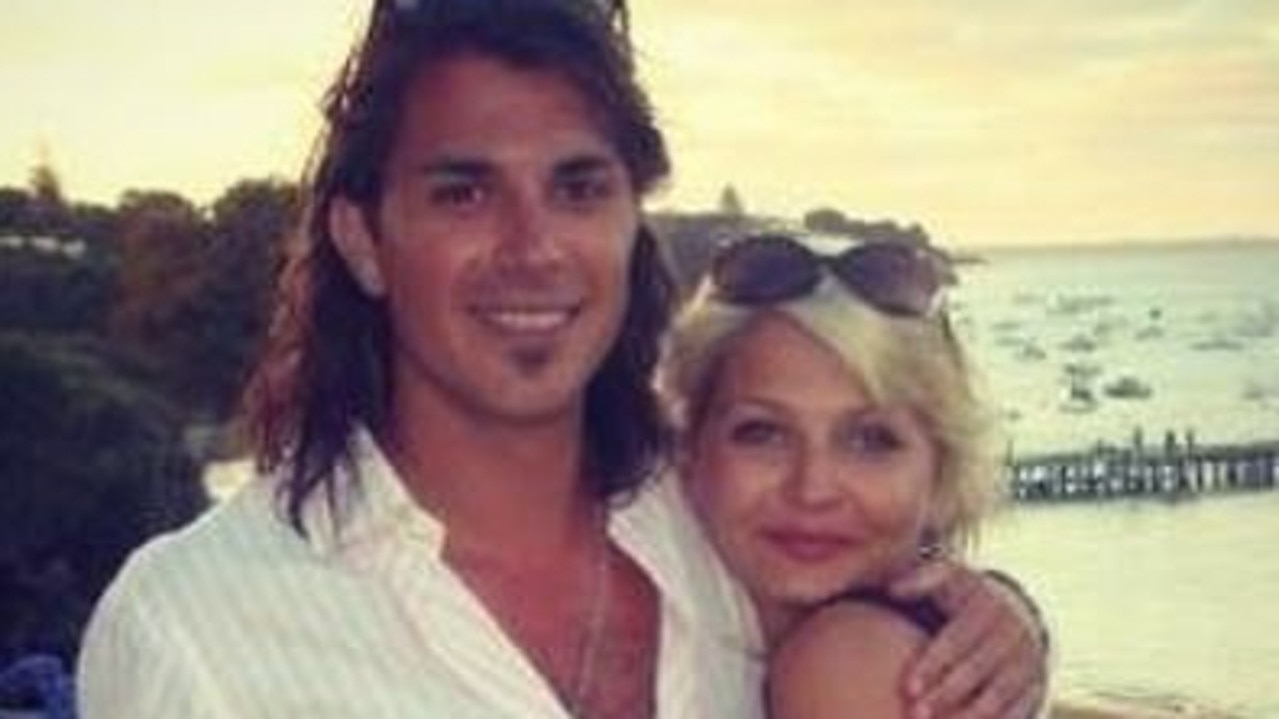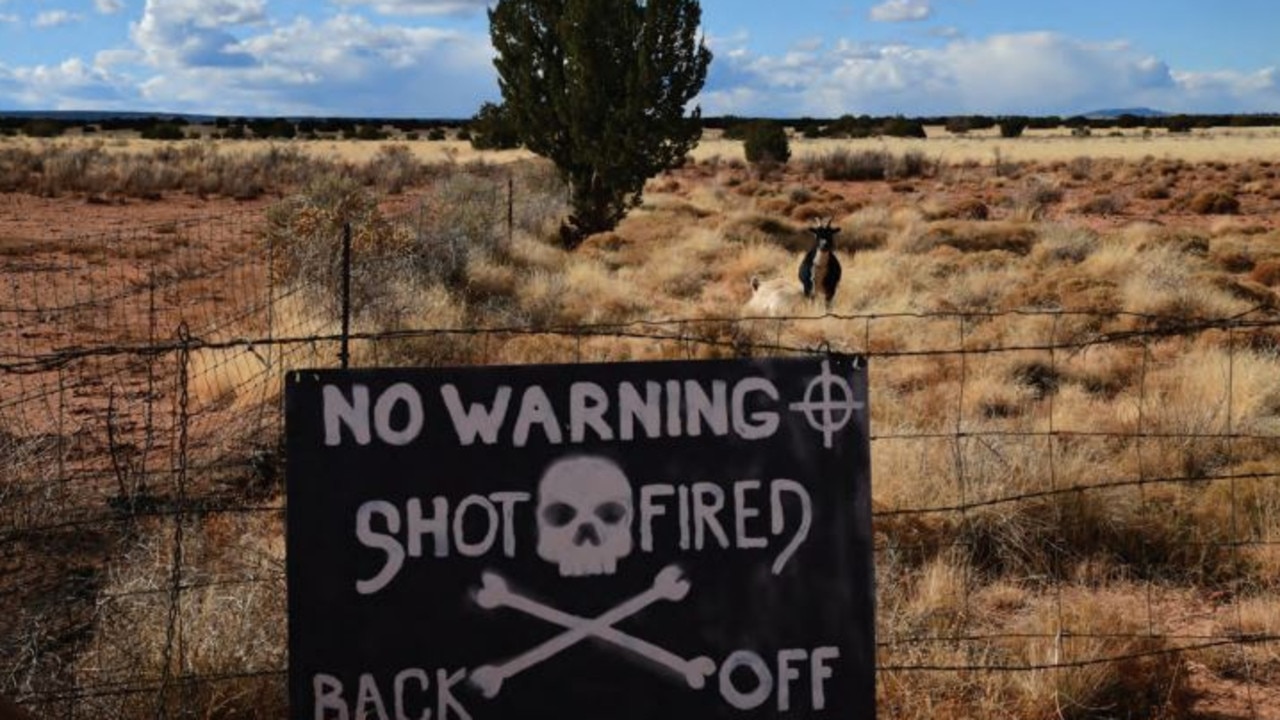Crimes that shocked Melbourne’s southern suburbs
There are some crimes that rock the local community to its core: A child snatched from a Beaumaris home, a Frankston serial killer’s brazen attacks. These are the crimes that forever changed Melbourne’s southern suburbs.

Crime in Focus
Don't miss out on the headlines from Crime in Focus. Followed categories will be added to My News.
ELOISE WORLEDGE ABDUCTION
When her dad checked in on Eloise Worledge at 11.30pm on January 13, 1976, she was sleeping soundly.
But what happened to the eight-year-old that night is every parent’s worst nightmare.
At some point between her dad Lindsay’s check an hour after she’d gone to bed, and 7.30am when her brother Blake noticed she was not in her room, someone stole the little girl away.
A neighbour reported hearing a car speed down the Beaumaris street about 2am.
The disappearance sparked a massive search, but no trace of Eloise was ever found.
A flyscreen on her bedroom window was found cut, and police later told an inquest that it was likely done to divert suspicion from someone who had access to the house.
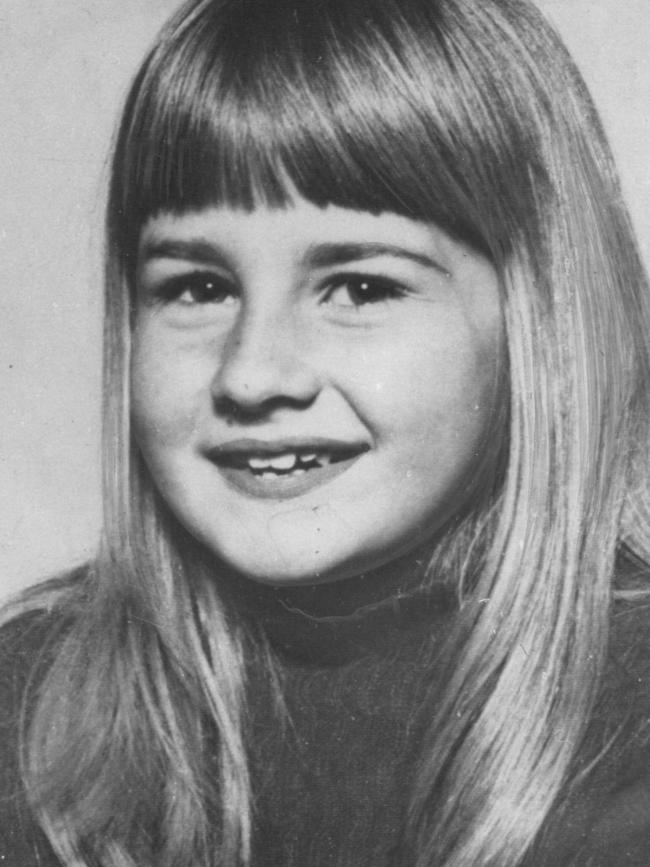
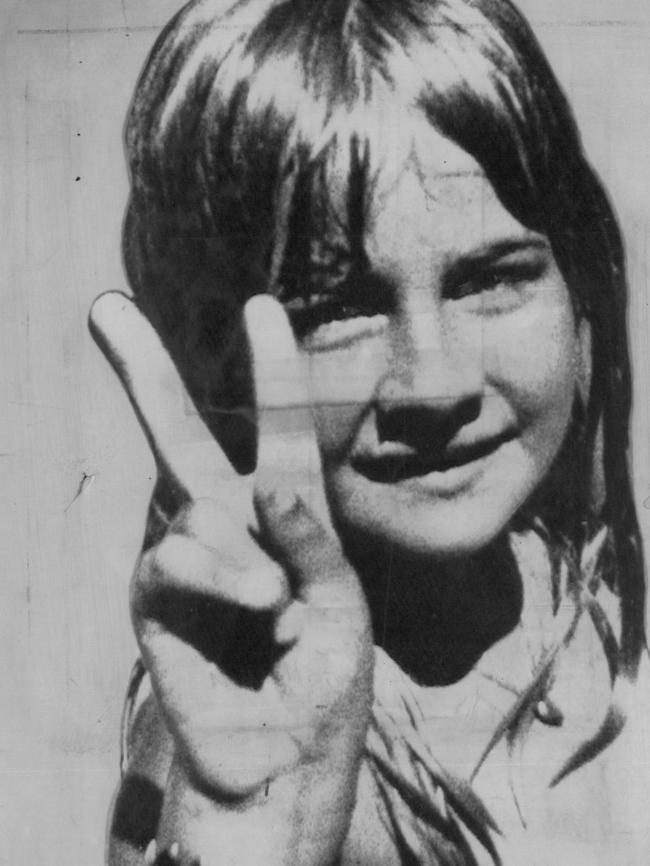
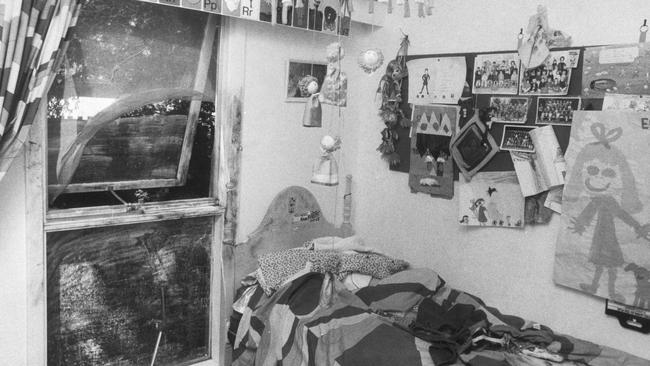
“(There was) considerable circumstantial evidence to suggest that the cut flyscreen had been staged for it to appear it had been cut from the outside,’’ Sen-Det Robert Nazaretian told the 2003 inquest.
Infamous sex offender Raymond “Mr Stinky” Edmunds was once accused by a fellow inmate of having confessed to killing a young girl “down the Peninsula” but police were unable to find any evidence connecting him to Eloise’s disappearance.
Police found no evidence either parent was involved and the couple later separated and remarried.
THE FRANKSTON SERIAL KILLER
Sadistic serial killer Paul Charles Denyer brought terror to the Frankston area while randomly preying on young women during a seven-week killing spree in 1993.
A horror movie fan, Denyer got the idea of slashing throats from a particular film because it “looked effective”.
According to a psychologist, a remorseless Denyer received “intense gratification and stimulation from demeaning, mutilating and killing other human beings.”
Denyer stalked and murdered three victims before being caught, and another woman was lucky to escape his clutches after being attacked in a Seaford reserve.
His first was TAFE student Elizabeth Stevens, 18, who was attacked after getting off a bus. Her body was found in Lloyd Park Reserve with stab and slash wounds. She had also been strangled.
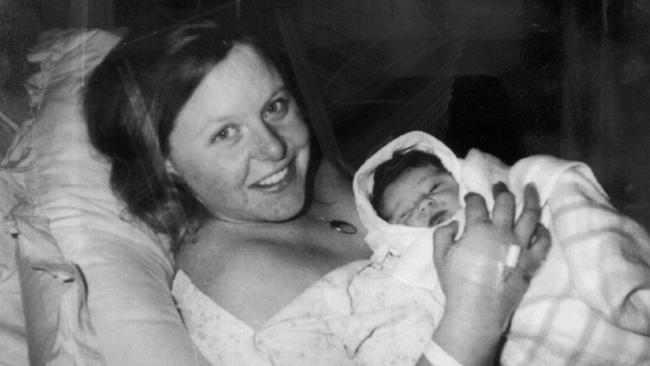
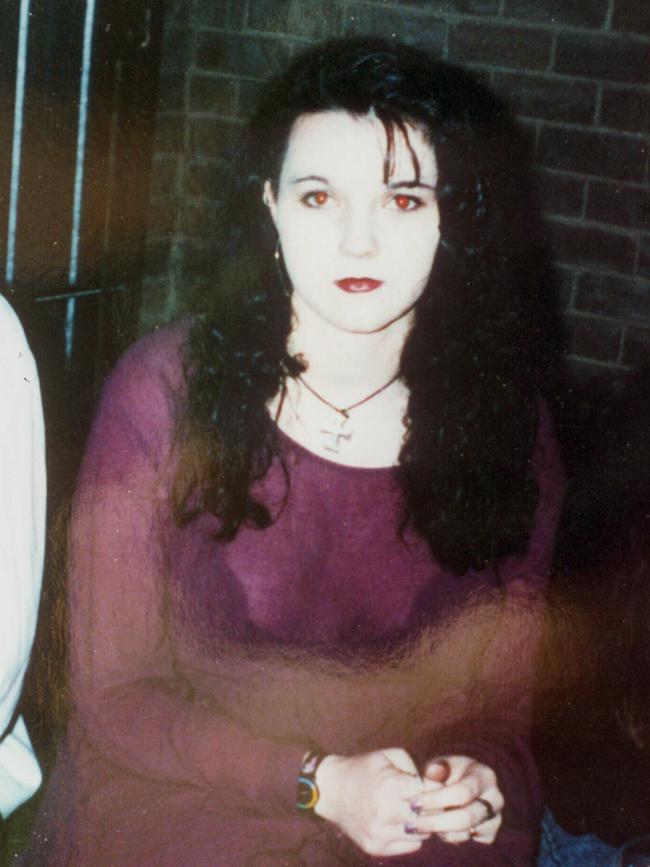
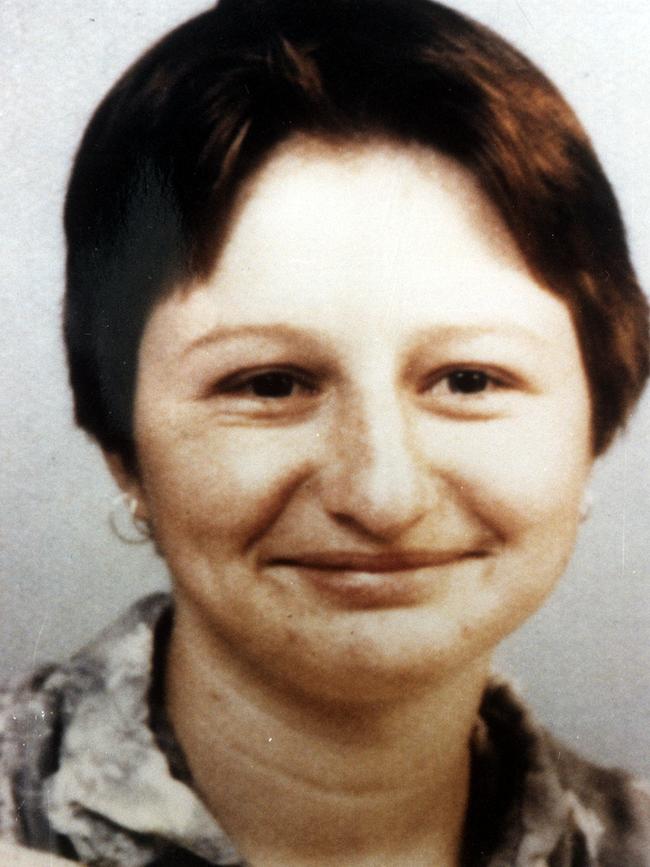
A month later young mother Debbie Fream was abducted in her car when she popped out for some milk. Her 12-day-old baby was at home with her partner, who raised the alarm when she didn’t return an hour later.
Ms Fream’s body was later found with similar injuries to that of Ms Stevens.
High school student Natalie Russell, 17, was walking home from John Paul College when Denyer pounced, attacking her as she walked along a bicycle track through a nearby park.
Police located Denyer after a yellow car was reported near the scene of Natalie’s murder and Denyer confessed to the murders and to stalking women “for years” in the area.
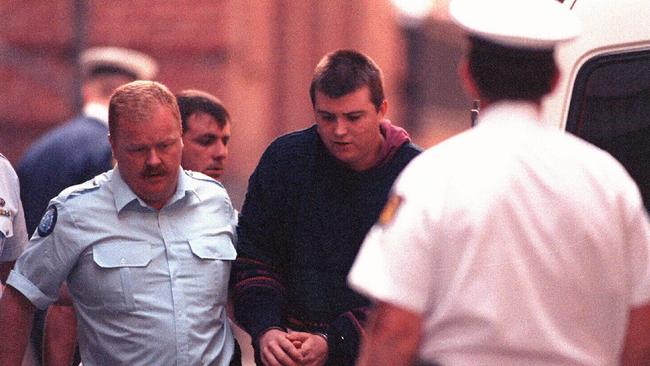
When sentencing Denyer to life with no minimum term, Supreme Court judge Justice Frank Vincent said to him, in part: “The apprehension you have caused to thousands of women in the community will be felt for a very long time.
“For many, you are the fear that quickens their steps as they walk home or causes a parent to look anxiously at the clock when a child is late.”
But the full court overturned Justice Vincent’s sentence and instead imposed a 30-year minimum term.
PAUL STEVEN HAIGH
It is impossible to say which of Paul Steven Haigh’s murders is the most horrific.
Haigh is one of our worst yet little-known mass murderers.
He started out by killing two people during separate robberies in Prahran in 1978, just days apart.
Haigh blamed Tattslotto agency worker Evelyn Abrahams for her own murder, claiming it was her fault for resisting.
And pizza shop owner Bruno Cingolani was also shot dead as he tried to protect his takings.
Another two murders took in Ripponlea, near South Yarra, in 1979.
While sitting in a car, a young Haigh shot a woman named Sheryle Gardner at close range in front of her 10-year-old son, Danny Mitchell.
Haigh then consoled young Danny, before turning the gun on the boy to eradicate him as a witness.
Haigh shot Ms Gardner because she knew too much about crimes he’d previously committed.
According to Haigh, he feared Ms Gardner would “tell a story to the police” so he shot her “to shut her loosened troublemaking mouth”.

And then he shot Danny Mitchell.
Haigh would write about the killing: “I shot him three times in the back of the head and after this I turned the gun on his mother again, just to make sure she was dead.”
Haigh blamed Ms Gardner for the boy’s death, stating she shouldn’t have used him as “a shield”.
“Criminals aren’t supposed to kill children but she (Gardner) put him in a terrible situation where she ran the risk her son would meet with trouble. Sadly he did.”
A month earlier he had killed an associate, Wayne Keith Smith, whom he feared would turn on him. After police interviewed Haigh about Smith’s murder and released him, he decided to also silence his girlfriend of three weeks Lisa Brearley, 19.
He first allowed another man to rape her so his DNA would muddy the crime scene evidence and ensure his silence.
She was stabbed 157 times, with Haigh later writing that “I only intended to do twenty but I lost count”.
In prison Haigh killed fellow inmate Donald Hatherley, whom he claimed had expressed a wish to die.
THE WALSH STREET POLICE MURDERS
Constables Steven Tynan and Damian Eyre were two young, innocent policemen ambushed for what was believed to have been payback for the shooting death of a notorious bandit.
Thirteen hours before Tynan and Eyre were gunned down in cold-blood in Walsh St, South Yarra, Armed Robbery Squad detectives had been forced to shoot dead a career criminal named Graeme Jensen while trying to arrest him for questioning about a fatal hold up.
The ambush car sits in Walsh St, South Yarra, the day after the shooting.
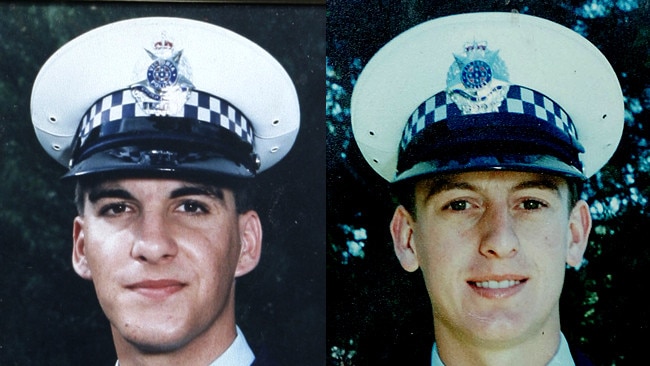
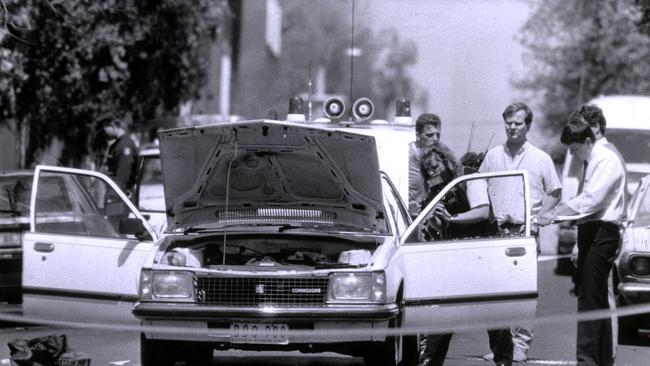
It was alleged in court that Jensen’s death led to some of his associates laying a trap to lure random police to a stolen car left in Walsh St on the night of October 12, 1988.
It was alleged one career criminal suspected of involvement had demanded two police officers be killed to avenge Jensen’s death.
An unsuspecting Tynan and Eyre were shot dead as they checked on the stolen car in the dark street.
As Constable Eyre checked the registration number, Constable Tynan went to the driver’s side, sliding in behind the steering wheel.
As Constable Eyre moved around to the same side, a gunman came from behind, blasting Constable Tynan in the head with a shotgun.
As he slumped across the seat, the gunman turned on Damian Eyre, blasting him in the shoulder. Amazingly he kept his footing and fought the gunman.
It was then that a second gunman moved up behind Constable Eyre, removed his .38 service revolver from his holster and shot him in the head.
After collapsing beside the car, he was shot once more in the back.
“It’s not just any criminal who could commit that sort of atrocity,” Insp John Noonan said.
A jury acquitted four men charged with the police murders.
MONASH UNI GUNMAN
The day international student Huan Yun Xiang opened fire in a Monash University classroom is remembered not just for tragedy, but for some incredible acts of bravery.
On October 21, 2002 Xiang, a commerce student at the Clayton campus, stood up on a desk and opened fire during a class in the Menzies Building.

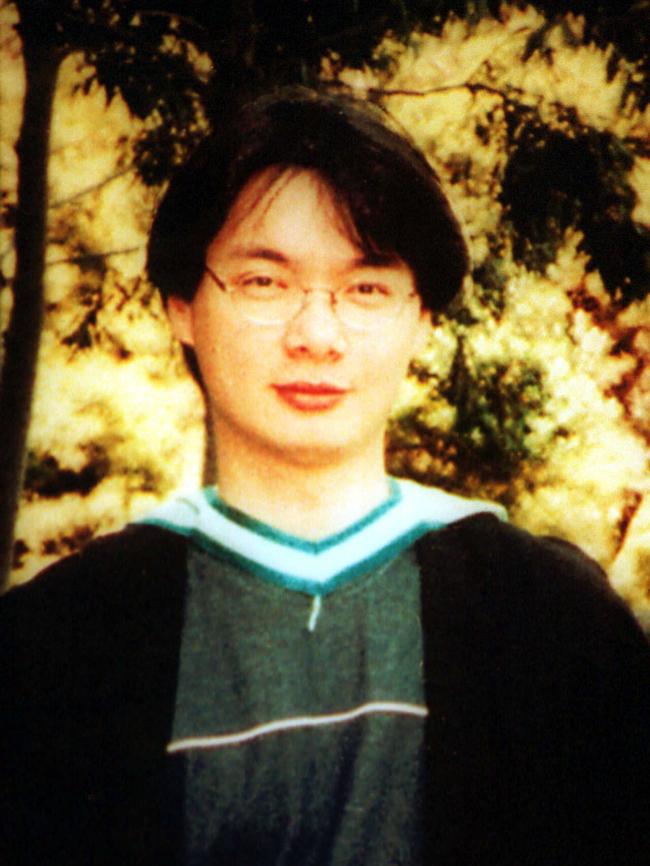
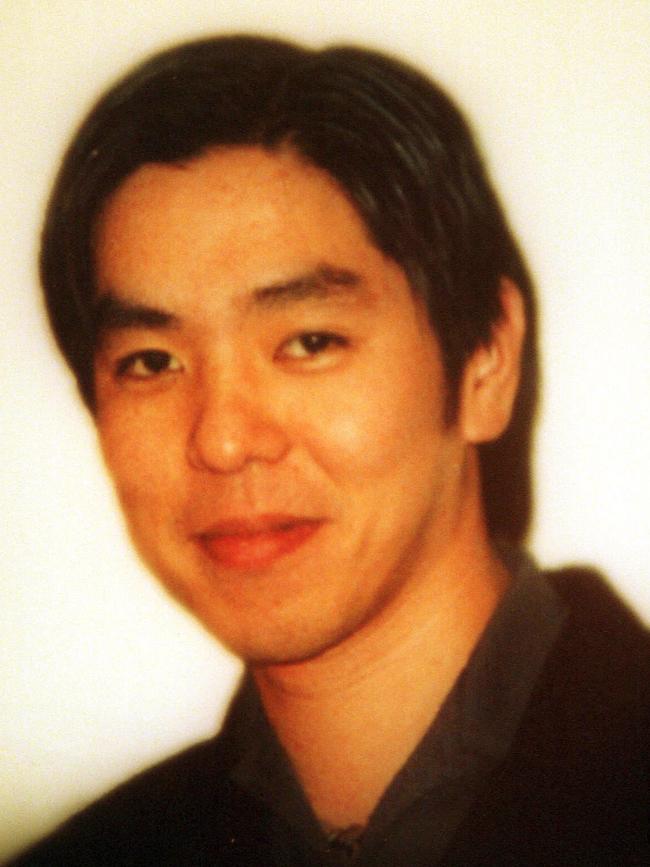
He killed two of the 12 students, Xu Hui Wu, known as William, and Steven Chan.
Four other students and lecturer Lee Gordon-Brown were injured, with Gordon-Brown and student Alastair Boast tackling Xiang as he tried to switch weapons.
Xiang was restrained by the group until police arrived and was unfit to be interviewed.
His belt carried five guns and extra ammunition.
A lecturer had raised concerns about his mental health in the days before the shootings and he also wrote a note about “ending WW’s life”, a reference to William Wu whom he was apparently fixated on killing.
Xiang was charged with two counts of murder and five of attempted murder, but found not guilty on the basis of mental impairment due to a delusional disorder.
Those involved in restraining and stopping Xiang during his rampage received bravery awards.
TERROR IN THE SUBURBS
Reports of police shooting dead a terror suspect outside a police station in suburban Melbourne seemed too far fetched to be true.
But it soon became clear that two police officers were lucky to escape with their lives on September 23, 2014, when a meeting with radicalised teenager Numan Haider turned deadly.
Haider had been monitored by ASIO after threats directed at the Prime Minister, but somehow a call in which he spoke of stabbing police officers with a knife was missed.
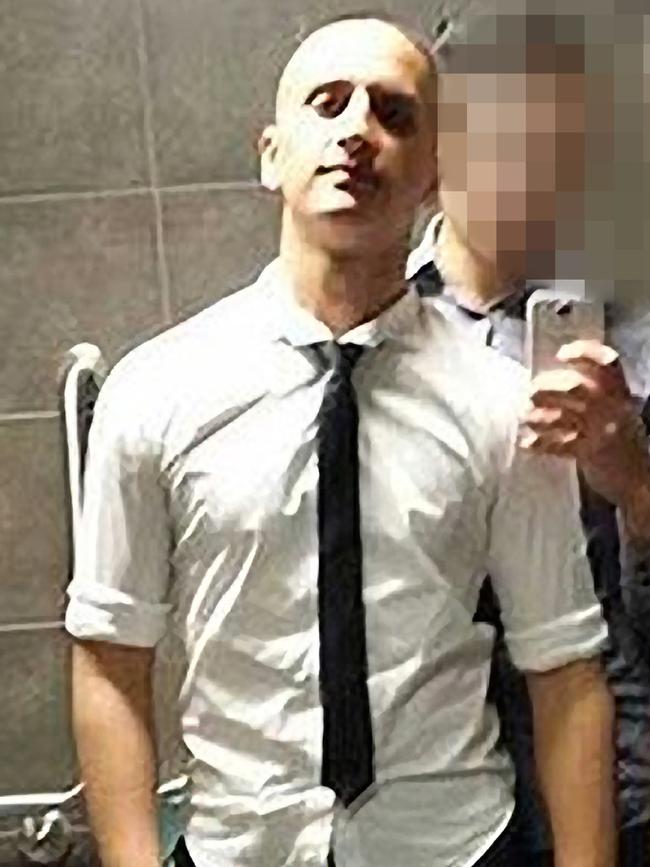
On that night what was known to the counter terrorism officers who had planned to meet with the 18-year-old was that he had no criminal record and had co-operated with authorities in the past.
During the meeting in the car park of the Endeavour Hills police station, Haider pulled a knife and attacked, stabbing both officers in a frenzy.
One was able to get to his feet and shot Haider in the head as he straddled and stabbed the other wounded officer, saving his life.
Haider’s passport had been cancelled and it was thought he may carry out an attack, but the meeting with police was more a case of opportunity than a planned terror incident, a coroner would later find.
Islamic State had also issued a Fatwa to attack Australians the day before the attack, which may have contributed to his mindset on the night of the attack.
SILK MILLER POLICE SHOOTINGS
The murders of policemen Sgt Gary Silk and Sen-Constable Rod Miller in Moorabbin rocked Victoria Police, shocked the community and brought back chilling memories of the execution of constables Steven Tynan and Damian Eyre in South Yarra back in 1988.
Sgt Silk and Sen-Constable Miller were working a stake-out operation on the night of August 16, 1998, in an effort to nab two bandits who had robbed a string of restaurants in Melbourne’s south east.
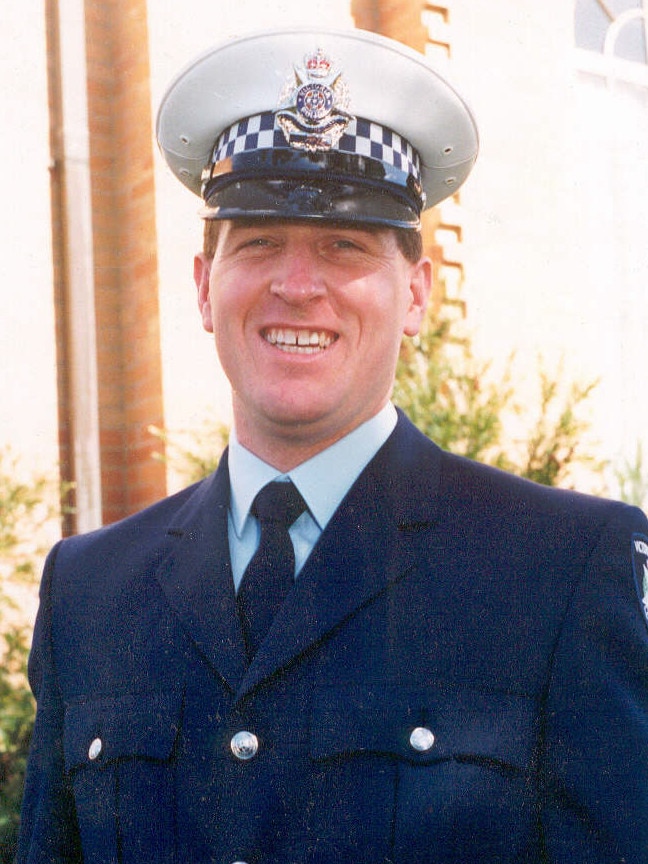
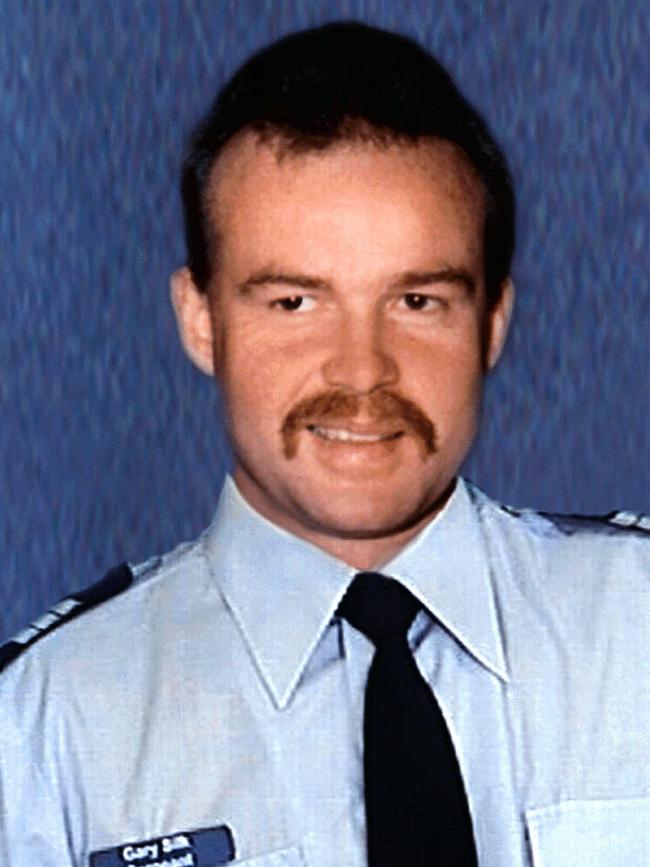
The killers shot the officers after being pulled over for a routine car check in Cochranes Rd.
“It just seems so tragic that two young men sign on to duty to do a job for the community and suddenly a few hours later they find themselves being assailed and shot by some desperate criminal,” then Police Commissioner Neil Comrie said in the immediate aftermath.
“Their murders are a shocking and outrageous attack on law and order in this state.”
Sen-Constable Miller had a wife and baby son.
A two-year investigation led to armed robber Bandali Michael Debs and his daughter’s boyfriend, Jason Roberts, being arrested and charged with the murders.
Both were convicted of the murders by a Supreme Court jury, with Debs later being revealed as a serial killer also responsible for the gruesome murders of women in Victoria and New South Wales.
Roberts has since claimed he was not there on the night Debs shot the two police officers.

